The one undeniable benefit a good award program brings is mileage. A great product is only great if it vastly benefits a large group of people, right? In that regard, awards can often help push a product to greatness, taking its design, its inherent features, and the business behind it and propelling all of them forward. This exposure, along with the award’s own benefits, can help accelerate a product’s growth, getting more people to see it, fall in love with it, and have their lives positively impacted by it. This also happens to be the motto of the International Design Awards.
Conceived by a group of designers, thinkers, and entrepreneurs in 2007 as a response to the lack of recognition and celebration for smart and sustainable multidisciplinary design, the International Design Awards, or the IDA, recognize, celebrate, and promote great designs while also uncovering hidden talent. The awards, assembled by the Farmani group (who also created the Annual Lucie Awards for Photography) are peer-reviewed and anonymously judged by an influential jury panel of experienced academics and established design industry professionals. Winners of the IDA receive a spectacular trophy, designed by Ron Taft, along with exposure to IDA’s vast design network, helping give your brand and your designs the boost they need.
Currently in their 14th year, the IDA Awards are accepting entries across 5 major disciplines – Architectural Design, Interior Design, Graphic Design, Fashion Design, Product Design. Scroll down to take a look at some of the inspirational winners of last year’s IDA Awards, and visit the IDA website to participate!
Submit Your Designs Now for the 14th IDA Awards! Hurry, deadline ends on September 30th, 2020.
01. Nintendo Flex by Yeon Jae Yoon
The Nintendo Flex comes with a few very welcome updates. Bigger screen on a device that’s the same handy size (albeit thinner). The screen’s also mildly curved, giving you a slightly panoramic experience and adding just a tiny couple of more display inches into the same framework. The Flex retains the same keys and controls, but gives them a makeover too, opting for flushed surfaces rather than the original GameBoy’s chunky keys that stood out from the surface. There’s even a contrast slider on the side of the Flex. The Flex’s biggest overhaul, however, is the change in Nintendo’s cartridge system. Flex ditches the large squarish cartridges for something much sleeker and thinner, looking almost like a stylus. The stylus-sized cartridge slides conveniently into a slot in the Flex’s base, locking in place and becoming impossible to remove while in the middle of gameplay.
02. TORQ by Neuron EV
The TORQ by California-based Neuron is the latest entrant into the electric semi-truck game. Unveiled in December 2019, the TORQ boasts of a smooth, aerodynamic exterior that rivals the Tesla Semi, with an interior that’s spacious and comfortable, even featuring living quarters for the driver to stay in over long road-trips.
03. Rotofarm by Base
The Rotofarm’s unique format allows you to grown different herbs and microgreens within its donut shape, giving you a veritable kitchen garden that fits right on your kitchen counter! The circular farmbed rotates at a speed of 1 rotation per hour, while a lamp in the center provides artificial sunlight to help your plants grow. Plant growth is accelerated as they spend half their time upside-down in negative gravity, and the entire device, which measures just 30 centimeters in width, offers 1.5 meter-long farm bed that’s perfect to grow all sorts of plants and veggies!
04. E2H: Earth To Humanity Lamps by Ross Lovegrove
Portuguese lighting specialists Vista Alegre partnered with visionary British designer Ross Lovegrove to create E2H: Earth To Humanity, a series of uniquely complex lamps cast in translucent porcelain. The biggest challenge was creating large lamps with incredibly thin cross-sections, enough to allow light to pass through. LEDs built into the lamps help showcase their detailed organic patterns, a signature element of Lovegrove’s designs.
05. Nook Pod by Do Company
Nook pods are modular & mobile neuro-inclusive spaces, designed to provide a sheltered environment, separate from the hustle and bustle of public areas. Shaped to look quite literally like a house, the Nook pods feel welcoming and intimate, and cozy cushioning running from the backrest all the way till the ceiling help dampen audio too, creating both a visually as well as audibly soft environment. Besides, they help isolate groups too, making areas like libraries, restaurants, and cafés much safer.
06. Cord/Code Chair by Oniki Design Studio
If you’re confused by the Cord/Code chair, let me assure you that you’re not the only one. The use of clear, refractive acrylic slabs and metal wire create a seating that’s surely difficult to look at and fathom, but is the complete opposite when you sit on it. The acrylic and wire combination seem hostile and confusing at first, but are comfortable once you’re actually sitting down. The acrylic frame of the chair helps hold together 124 wires that form the seat and backrest. Sit down and the wires behave like fabric, bending to accommodate your body. Your eyes may be confused by the way the chair looks, but the rest of you won’t be, once you settle in!
07. Call Vision by Hakan Gursu/Designnobis
Call Vision is a safe, tracking wearable designed to link new-borns to their mothers. The tamper-proof bands are made from silicone and are placed on the babies as soon as they’re shifted to the neonatal ward. An estimate of 28,000 babies get switched in hospitals every year. The Call Vision tracking bracelet helps connect the baby to its mother, preventing any chance of mismatch when the time comes for the mother and child to leave the hospital.
08. Snoo by Yves Behar/fuseproject
Snoo is a smart bassinet that solves the age-old problem of sleepless nights for new parents, designed in collaboration with world-famous pediatrician Dr. Harvey Karp. The robotic bassinet uses a combination of gentle rocking movements and calming noises whenever it detects a baby getting restless or crying – helping them go back to sleep without disturbing the parents. The enclosed design uses a mesh that keeps mosquitos out while still allowing parents to see their baby. An additional Sleep Sack helps swaddle the young ones, keeping them on their back for the first 6 months (as is recommended by the American Academy of Pediatrics).
09. Labor Saving Modular Axe by Shenzhen Hanma Creative Technology
The Labor Saving Axe comes with a unique design that multiplies the power you put in while swinging it. A hollow channel runs along the inside of the handle, with a weight connected to a spring at the base. Swing the axe and the weight travels from the base to the top due to centrifugal force. The top instantly becomes heavier, allowing you to apply much more force while chopping. After you complete your swing, the spring pulls the weight back to the base (where your hands are) to ensure you don’t feel any weight-imbalance. The axe even comes with modular blades that you can switch out based on the activity you’re engaged in!
10. Lightweight Skateboard by Wang He/Hanma Creative
This porous skateboard may seem outwardly fragile, but it’s designed and engineered to be as strong as any other regular skateboard, if not stronger. Designed to be more sturdy and ecologically conscious than wood, the Lightweight Skateboard is die-casted using a magnesium alloy that’s finished using CNC Machining. The high-strength, low-weight skateboard comes with an adjustable wheel-base too, giving it even more of an edge over your regular wooden skateboard!
Submit Your Designs Now for the 14th IDA Awards! Hurry, deadline ends on September 30th, 2020.
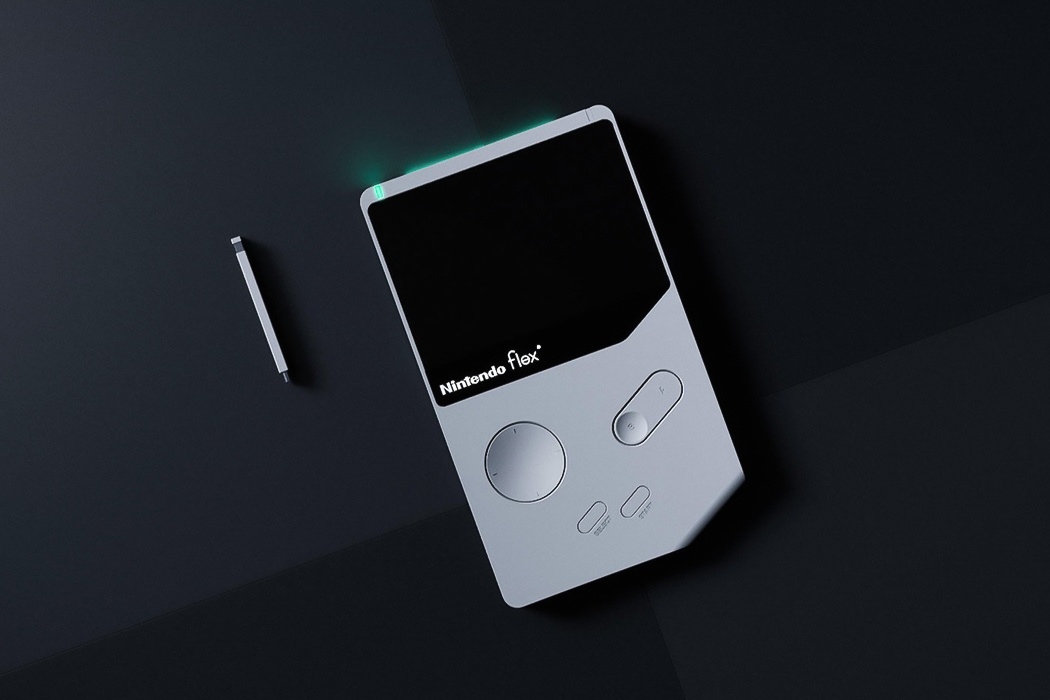

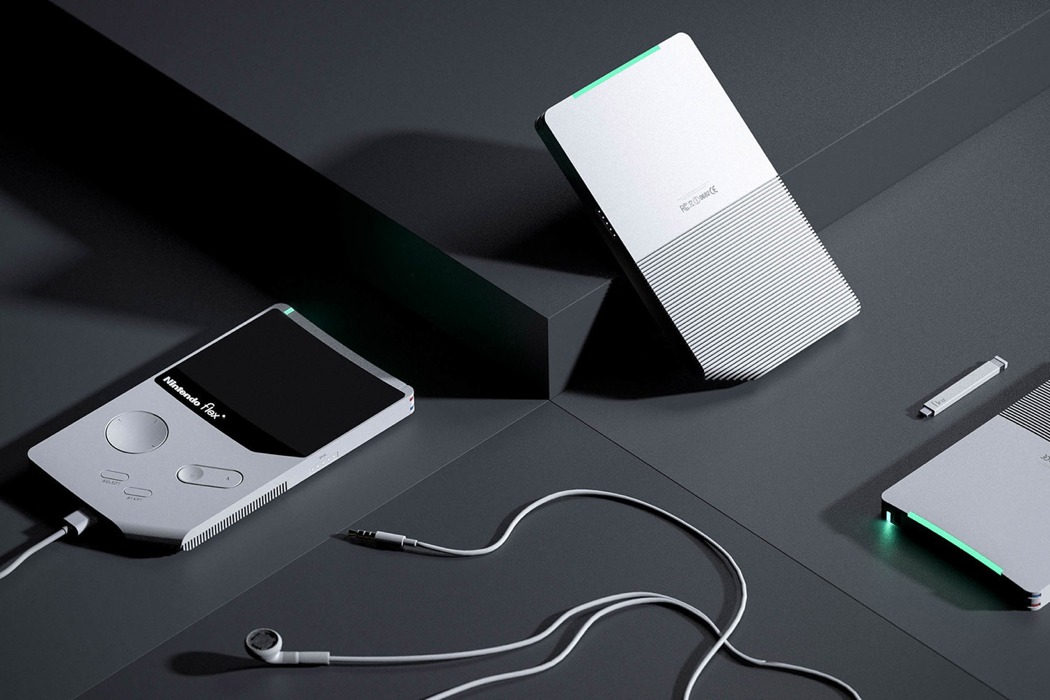
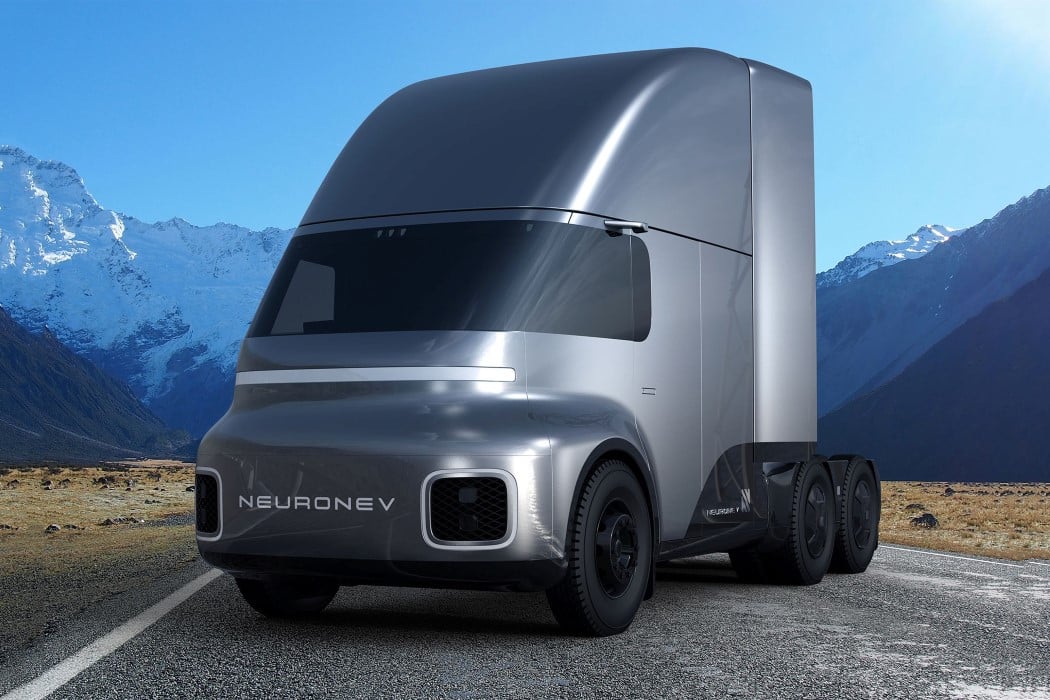
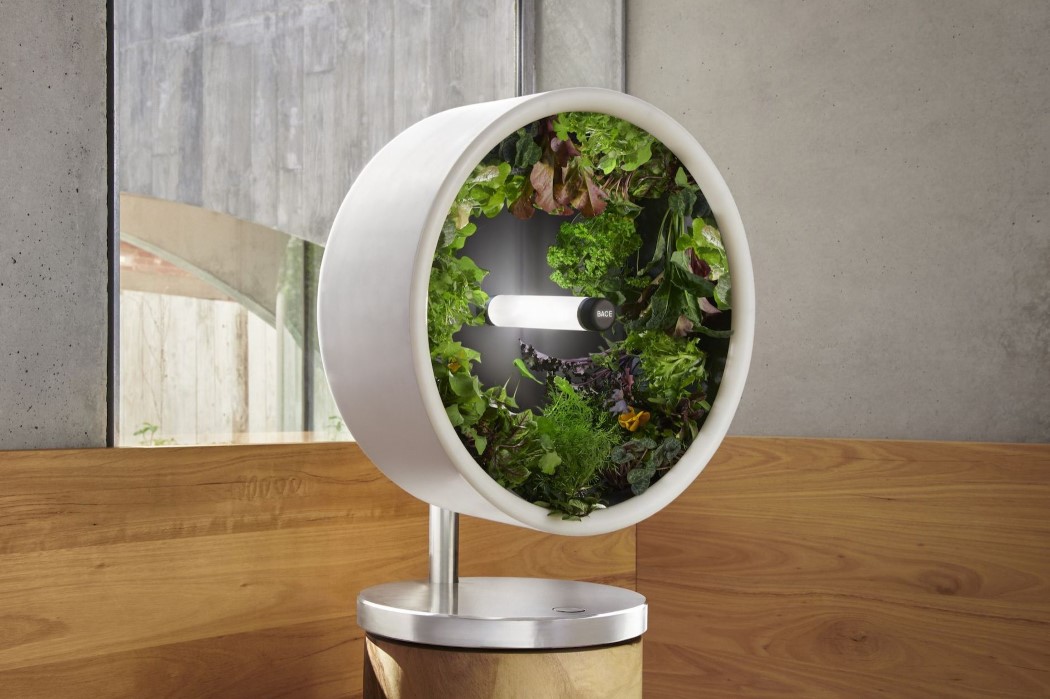
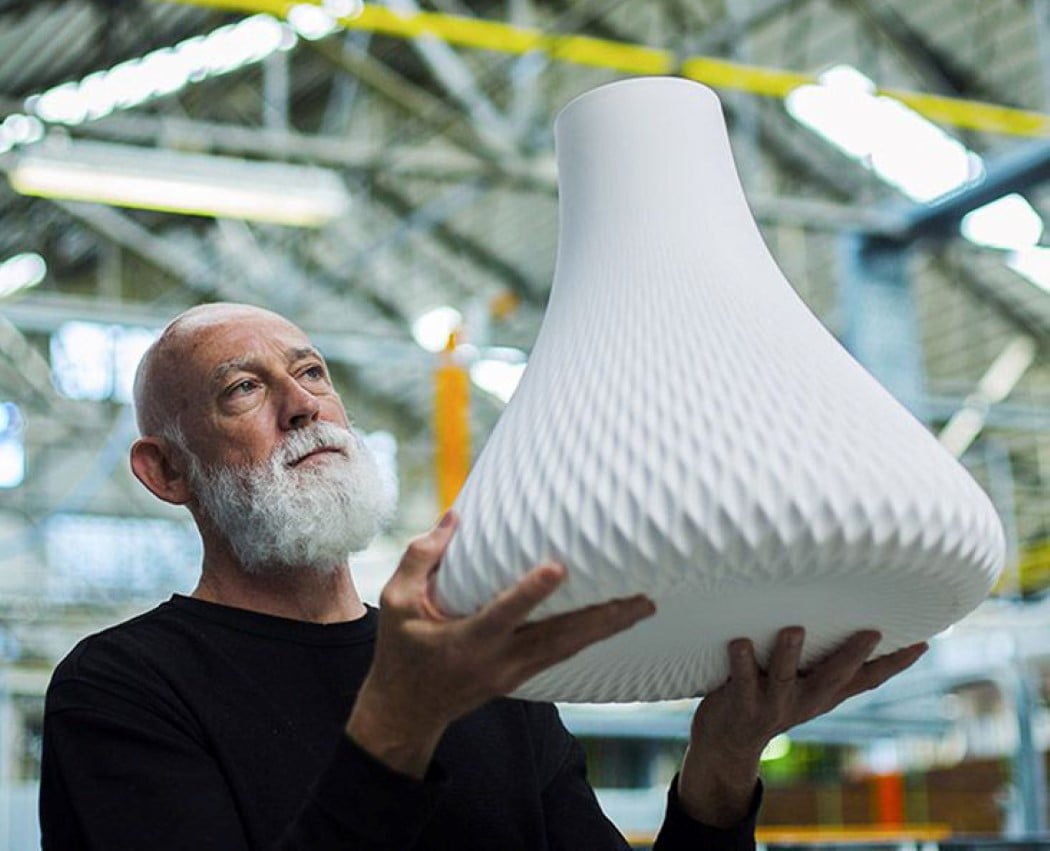
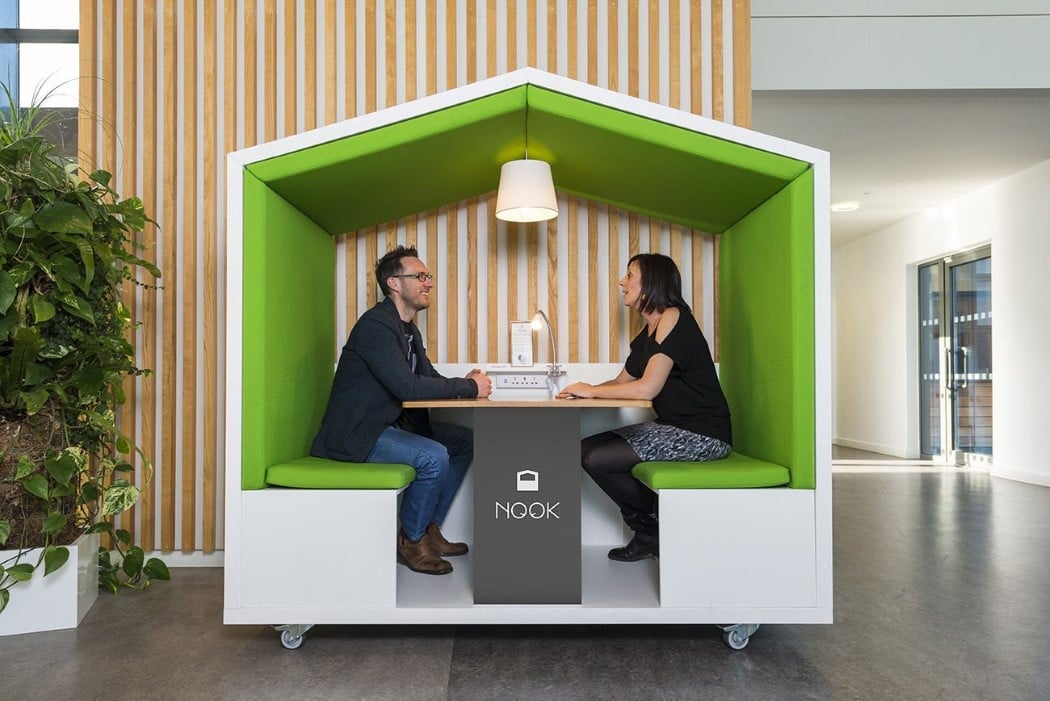
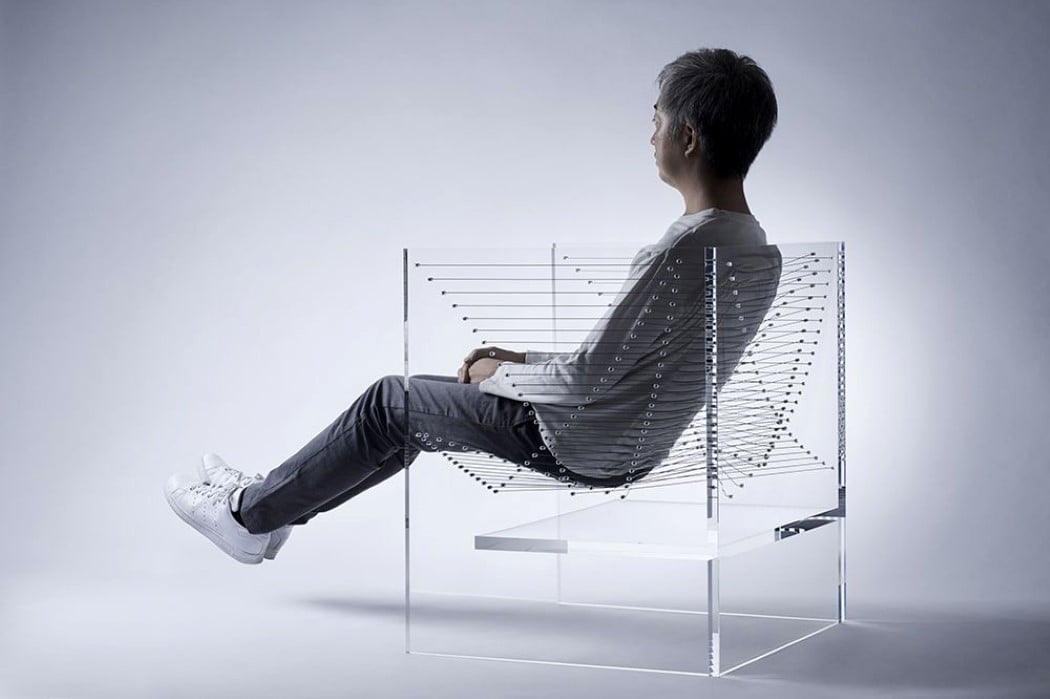
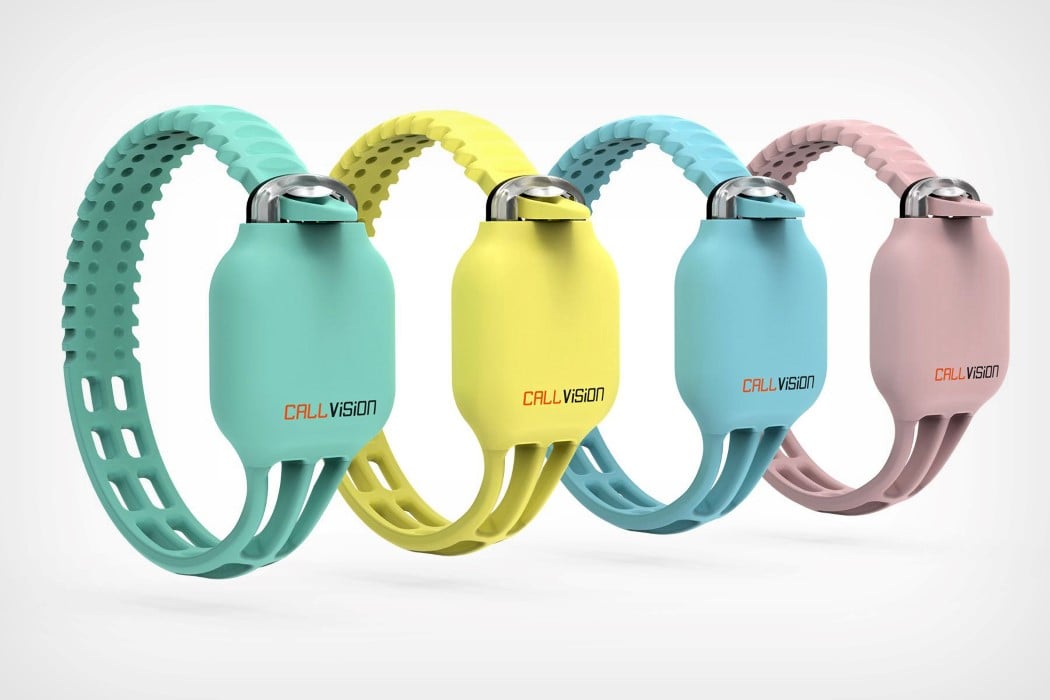
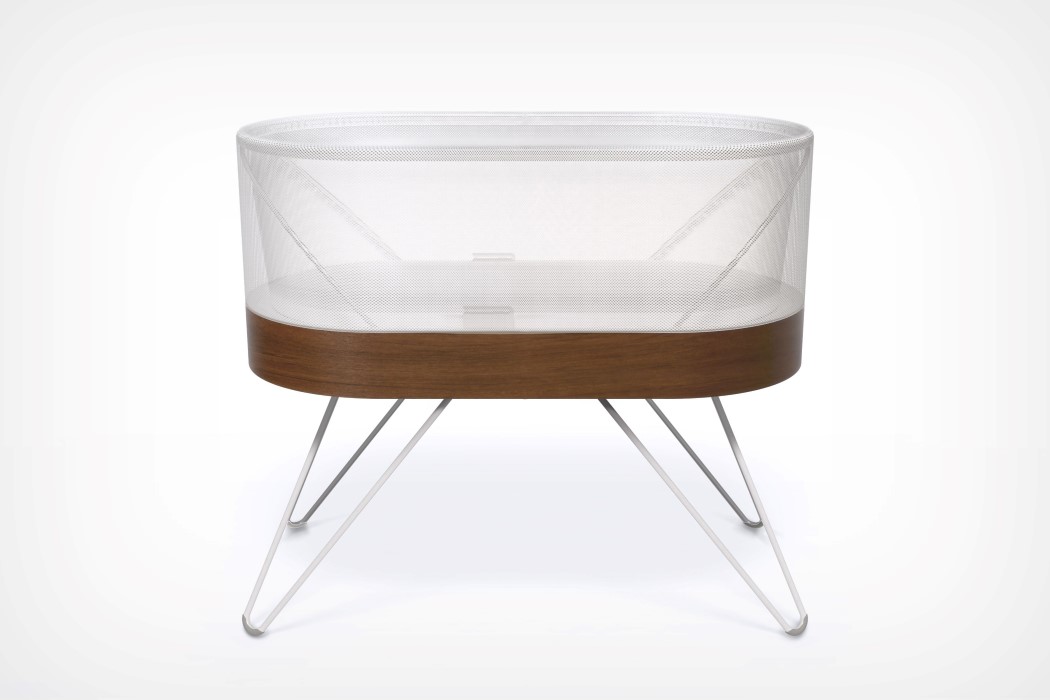
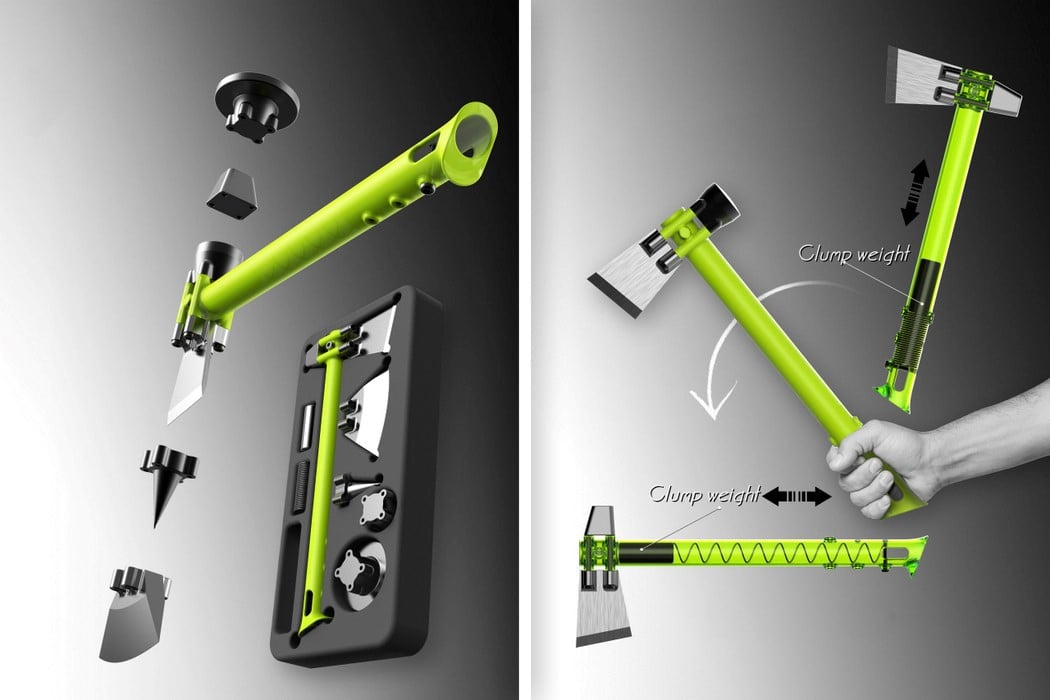
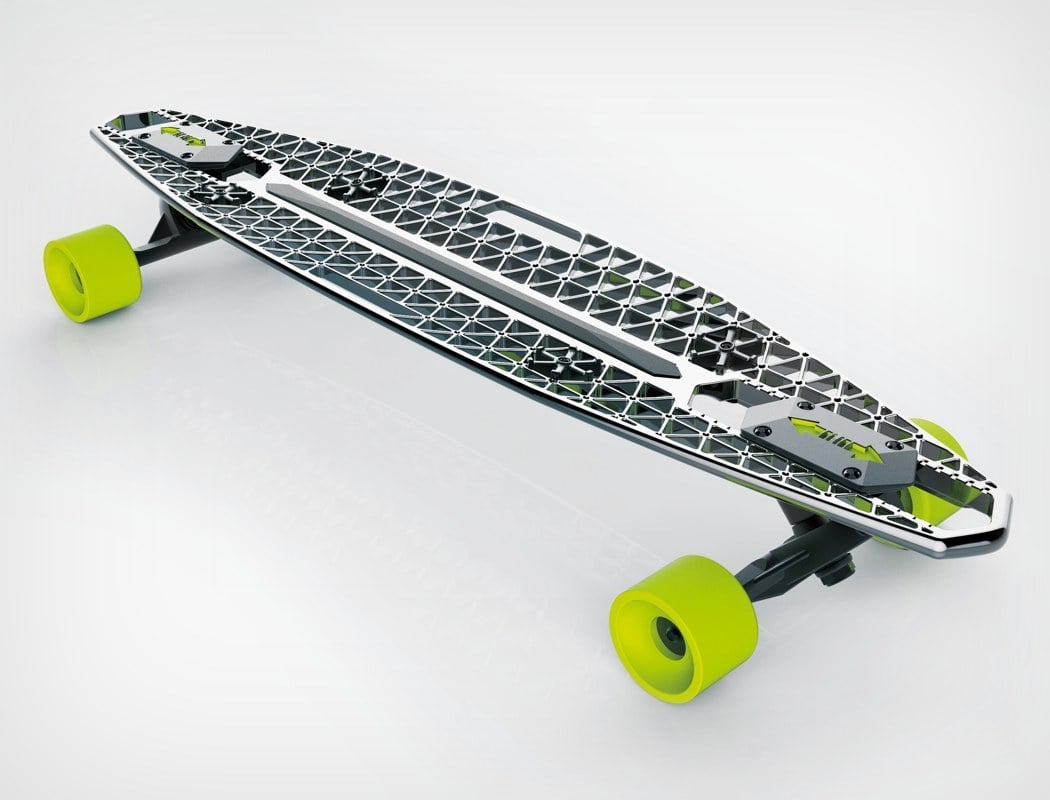
 You thought the USPS had it tough with all that rain, sleet, snow and hail they have to deal with? Try delivering mail throughout the Malay archipelago, the world's largest island chain. However, the Singapore Post thinks it may have a solution: Fl...
You thought the USPS had it tough with all that rain, sleet, snow and hail they have to deal with? Try delivering mail throughout the Malay archipelago, the world's largest island chain. However, the Singapore Post thinks it may have a solution: Fl...



